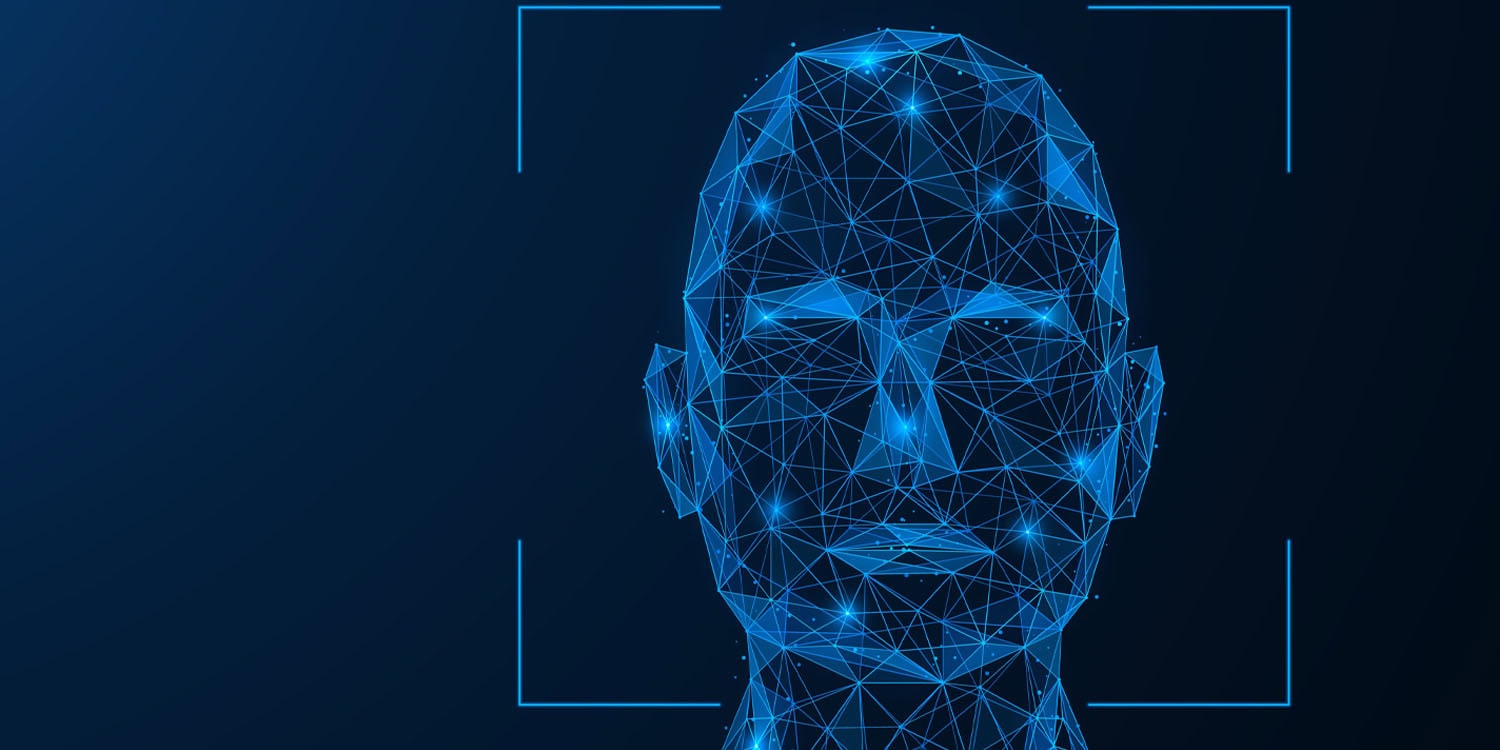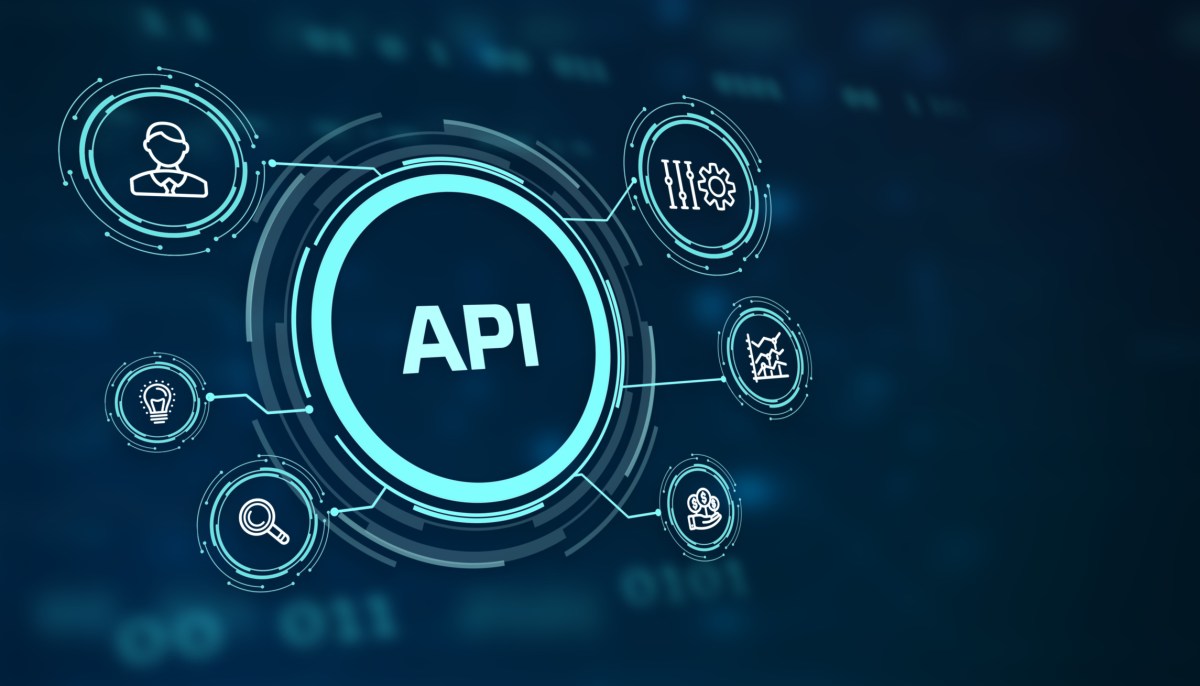Researchers have demonstrated that facial recognition expertise can forecast an individual’s political orientation with a astonishing quantity of accuracy. Their evaluation, printed within the journal American Psychologist, reveals that even impartial facial expressions can maintain clues to somebody’s political opinions. This buying poses important privateness issues, primarily because of the truth facial recognition can function devoid of a person’s consent.
Facial recognition engineering is a type of synthetic intelligence that identifies and verifies individuals by analyzing designs centered on their facial choices. At its important, the engineering works by utilizing algorithms to detect faces in pictures or film feeds, after which actions many sides of the confront — this kind of as the gap involving the eyes, the type of the jawline, and the contour of the cheekbones.
These measurements are reworked right into a mathematical system, or a facial signature. This signature could be compared to a database of acknowledged faces to acquire a match or utilized in numerous functions starting from safety strategies and cell unlocking to tagging mates on social media platforms.
With the rising use of facial recognition techniques in equally public and private sectors, there’s an improved probability that these devices could possibly be utilised for capabilities over and above fundamental identification, these as predicting personal attributes like political orientation.
“Rising up driving the iron curtain produced me conscious about the hazards of surveillance and the elites deciding on to neglect inconvenient data for economical or ideological components,” spelled out information creator Michal Kosinski, an affiliate professor of organizational conduct at Stanford College’s Graduate School of Firm.
“Thus, in my get the job finished, I’m centered on auditing new techniques and exposing their privateness challenges. Within the earlier, we confirmed that information that Fb purchased (or exchanged for written content material) uncovered customers’ political sights, sexual orientation, character, and different private traits. We confirmed the stressing potential of the character concentrating on strategy employed by Fb, Cambridge Analytica, and folks.
“We uncovered how Fb utilised a trick to proceed promoting their customers’ private information. We confirmed that facial recognition techniques, also used by firms and governments, can detect political sights and sexual orientation from social-media profile pics.”
However former studies normally didn’t handle for variables that might affect the precision of their conclusions, this sort of as facial expressions, orientation of the pinnacle, and the presence of make-up or jewellery. Of their new examine, the researchers aimed to isolate the affect of facial capabilities by itself in predicting political orientation, due to this fact delivering a clearer image of the talents and pitfalls of facial recognition know-how.
To perform this, they recruited 591 contributors from a giant private school and punctiliously managed the pure setting and problems beneath which each single participant’s facial space was photographed. The members have been dressed uniformly in black T-shirts, utilized facial space wipes to remove any make-up, and skilled their hair neatly tied again. They have been seated in a mounted posture, and their faces have been being photographed in a well-lit area versus a impartial {qualifications} to make sure regularity throughout all illustrations or pictures.
As quickly as the images ended up taken, they’d been processed working with a facial recognition algorithm, specifically the VGGFace2 in a ResNet-50-256D structure. This algorithm extracted numerical vectors — often known as encounter descriptors — from the images. These descriptors encode the facial traits in a sort that desktops can analyze and had been utilized to foretell the members’ political orientation by means of a mannequin that mapped these descriptors on to a political orientation scale.
The researchers situated that the facial recognition algorithm might forecast political orientation with a correlation coefficient of .22. This correlation, though modest, was statistically appreciable and beneficial that specified safe facial traits could possibly be linked to political orientation, unbiased of different demographic issues like age, gender, and ethnicity.
Following, Kosinski and his colleagues carried out a second analysis wherein they changed the algorithm with 1,026 human raters to guage if individuals might in the identical means forecast political orientation from impartial facial images. The human raters have been recruited by way of Amazon’s Mechanical Turk and have been provided with the standardized facial pictures collected within the 1st examine. Every rater was questioned to evaluate the political orientation of the individuals within the pictures.
The raters completed round 5,000 assessments, and the outcomes have been analyzed to establish the correlation amongst their perceived scores of political orientation and the precise orientations as claimed by the people. Just like the algorithm, human raters have been outfitted to foretell political orientation with a correlation coefficient of .21, which was akin to the algorithm’s effectivity.
“We knew that each human beings and algorithms can determine private attributes, starting from temperament to sexual orientation, and political sights from social media profile pictures. Significantly of the sign very seemingly comes from self-presentation, facial features, head orientation, and different choices created by the person within the image,” Kosinski defined to PsyPost.
“I used to be amazed that each of these algorithms and people might predict political orientation additionally from completely standardized visuals of expressionless faces. That suggests the existence of one-way hyperlinks between regular facial attributes and political orientation.”
In a third analysis, the researchers extended their analysis of facial recognition’s predictive vitality to a singular context by implementing the mannequin to a set of naturalistic visuals — these of politicians. The analyze aimed to validate the outcomes from the managed laboratory configurations in a extra authentic-globe scenario wherein the pictures have been being not standardized. The pattern consisted of three,401 profile pictures of politicians from the lower and better chambers of legislatures all through just a few nations world wide: the USA, the UK, and Canada.
The advantages proven that the facial recognition product might actually predict political orientation from the naturalistic pictures of politicians with a median precision of a correlation coefficient of .13. This stage of accuracy, whereas not massive, was even so sizeable and indicated that a few of the regular facial capabilities predictive of political orientation within the managed laboratory illustrations or pictures may be decided in additional diversified, real-life visuals.
The outcomes have worrying implications for privateness.
“Whereas fairly just a few different digital footprints are revealing of political orientation and different private options, facial recognition can be utilized with out topics’ consent or data,” Kosinski acknowledged. “Facial pictures could be shortly (and covertly) taken by laws enforcement or obtained from digital or common archives, along with social networks, relationship platforms, image-sharing web websites, and governing administration databases.
“They’re normally conveniently obtainable Fb and LinkedIn profile pictures, as an illustration, could be accessed by anyone devoid of an individual’s consent or experience. Therefore, the privateness threats posed by facial recognition engineering are, in quite a few methods, unprecedented.”
“All these conclusions are inconvenient. For ideological motives, consultants need to steer clear of discussing hyperlinks in between visible look and qualities,” Kosinski additional. Nevertheless, “corporations and governments are eager to make use of facial recognition to find out private qualities.”
As with every examine, the investigation has limitations to think about. The variety of the contributors was constrained, with a necessary bulk staying Caucasian, and all from a single personal school, which might probably not present a large illustration of worldwide and even nationwide demographics. While the study managed for lots of variables, the impression of inherent biases in human notion or the algorithm’s structure can’t be completely dominated out.
Long run investigation might broaden on these findings by which incorporates a much more quite a few participant pool and using extra superior imaging applied sciences, this sort of as three-d facial scans. Moreover, testing these predictions all through distinctive cultures and political models might current deeper insights into the universality of the conclusions.
“We should always actually be aware when deciphering the ultimate outcomes of anyone overview,” Kosinski noticed. “Whereas our conclusions are in-line with previous carry out, the success have to be taken care of as tentative till finally they’re replicated by neutral scientists.”
Nevertheless, the evaluation raises necessary inquiries concerning the potential works by utilizing and abuses of facial recognition technological know-how.
“I hope that our findings will notify the policymaking and regulation of facial recognition technological innovation,” Kosinski acknowledged. “Our previous papers sometimes resulted in tightening regulation and tech corporations altering their privateness protections. I additionally hope that this exploration will help us to strengthen our understanding of the one-way hyperlinks amongst look and psychological traits.”
The analyze, “Facial Recognition Engineering and Human Raters Can Predict Political Orientation From Illustrations or pictures of Expressionless Faces Even When Managing for Demographics and Self-Presentation,” was authored by Michal Kosinski, Poruz Khambatta, and Yilun Wang.
Read more on GOOLE Information



